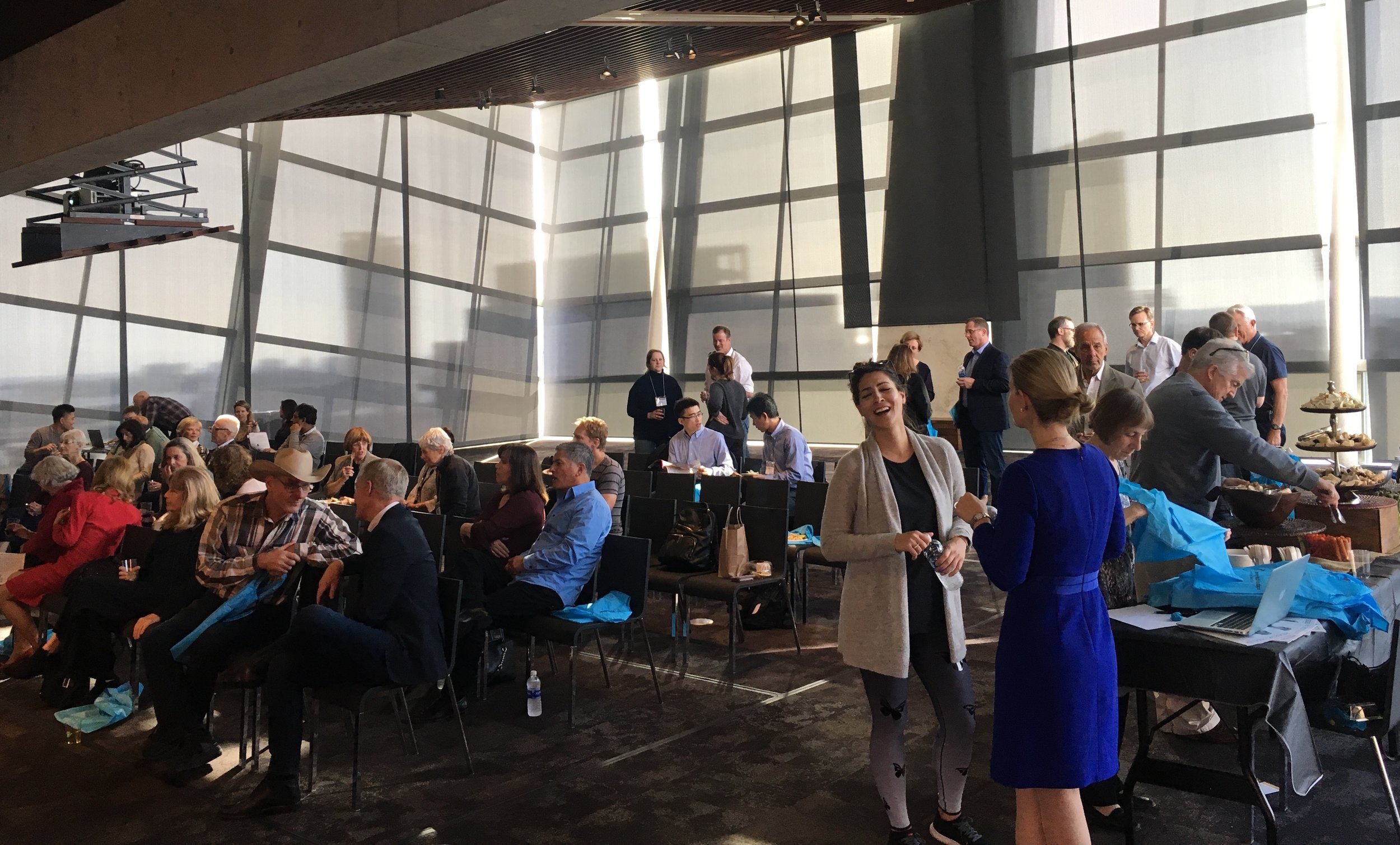By Layla Rudy
I was diagnosed with bilateral sensorineural hearing loss at age 3, after a series of unsuccessful doctor visits. Two years later, I was going to the audiologist to get my hearing aids for the first time. I remember being frightened by a picture in the waiting room of the shiny tube that comes out of the ear molds attached to hearing aids. My little brother was crying in the stroller as we left the doctor’s office for brunch.
Layla, age 5, with one of her brothers, James
I went to speech therapy for the next four or five years; during school, along with two other kids, I was pulled out of class a few times a week. I remember thinking that I didn’t belong there, that I was “normal,” and that everything was fine with me. But the teachers and administration didn’t know what to do with me—they thought something was wrong with me, and they just threw me in the same boat as the kids with speech problems or ADHD.
I was the only kid in my elementary school with hearing loss. While it was great that my mom wanted to mainstream me, looking back, it was clear the school didn’t know how to handle a student like me.
The problem was ignorance more than a lack of resources—although that was an issue, as well. My teachers plopped me in a desk—not always in the front of the room—and, not understanding how important the FM system was for me to hear in their classrooms, didn’t wear it. I thought the teachers didn’t care about me, but it turns out they just never learned how to deal with students with hearing loss. I was too embarrassed to say anything, so the FM systems often went completely unused. For the same reasons, I was never assigned a note-taker. I was the outlier in a room full of typical children.
Identical issues continued in middle school and high school. I developed anxiety from a young age and, by adolescence, the effects were more severe. In retrospect, a lot of my anxiety stemmed from my worries that my peers were talking about me, or that I was not fully aware of my surroundings. To put it simply, I was anxious because I couldn’t hear.
My mom had always told me that college would be easier—I could get a note-taker and finally have the resources I never had. When I applied to Brooklyn College, I found the Center for Student Disabilities Services on their website. I was thrilled to find that they had a section devoted to hearing loss and deafness. Better yet, professors were given a guide to understand how each disability was to be handled and treated.
So, when I arrived at their offices, I filled out forms and submitted my hearing test results. They had told me to come back in a few days, at which point I would have everything I had wished for in elementary school.
Ironically, I never bothered to go back to their offices, and I never bothered with their accommodations.
I have spent my whole life going home and teaching myself what the teacher had taught us in class (that I could not hear)—taking my own meticulous notes that my classmates begged to borrow. I have always wanted a note-taker, an FM system that gets consistently used, and empathetic teachers. Now that I finally have access to all of this, I don’t need it.
I realize I’ve subconsciously trained myself not to rely on anyone else; it’s not that I don’t want to ask for help, or that I’m too embarrassed. I know that if I need it, I can ask, unlike when I was in elementary school. But my hearing loss, my disability, has enabled me to rely on myself, to be aware of my surroundings, to better communicate with others.
And to me, self-reliance is the best lesson yet.
New Jersey native Layla Rudy is a freshman at Brooklyn College planning on studying biology to eventually conduct auditory research. She is also a participant in HHF’s “Faces of Hearing Loss” campaign.
Receive updates on life-changing hearing research and resources by subscribing to HHF's free quarterly magazine and e-newsletter.















